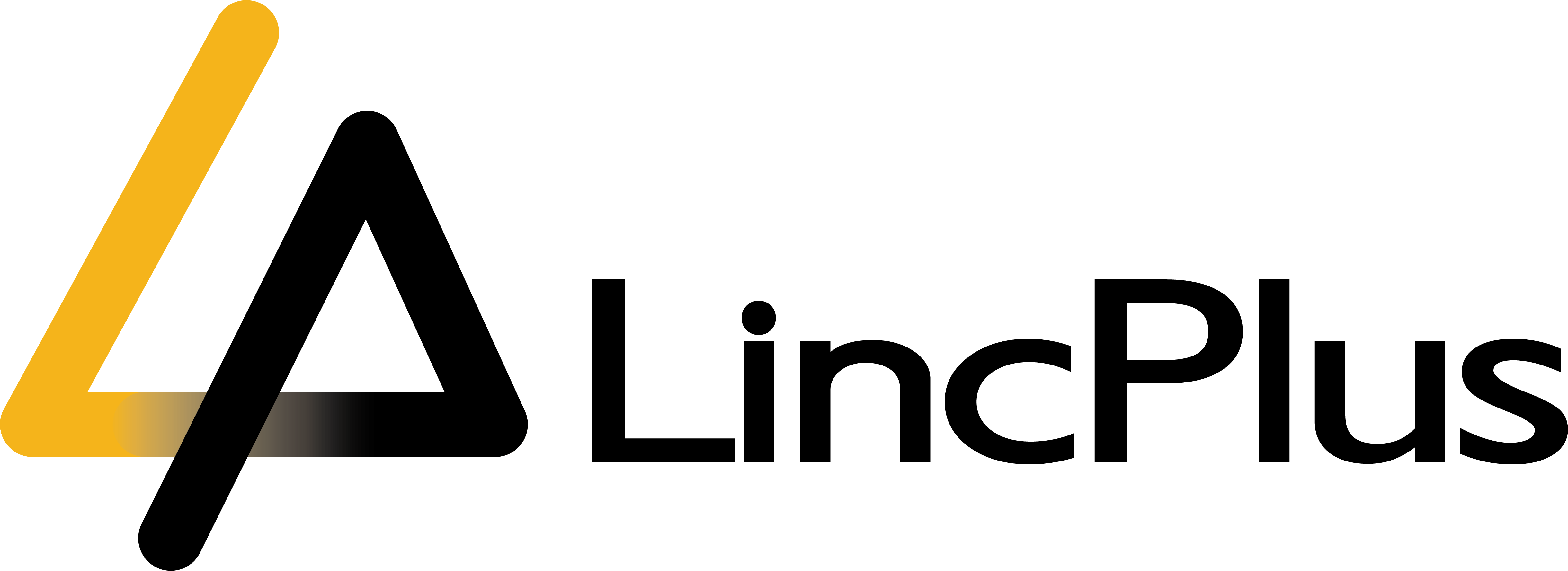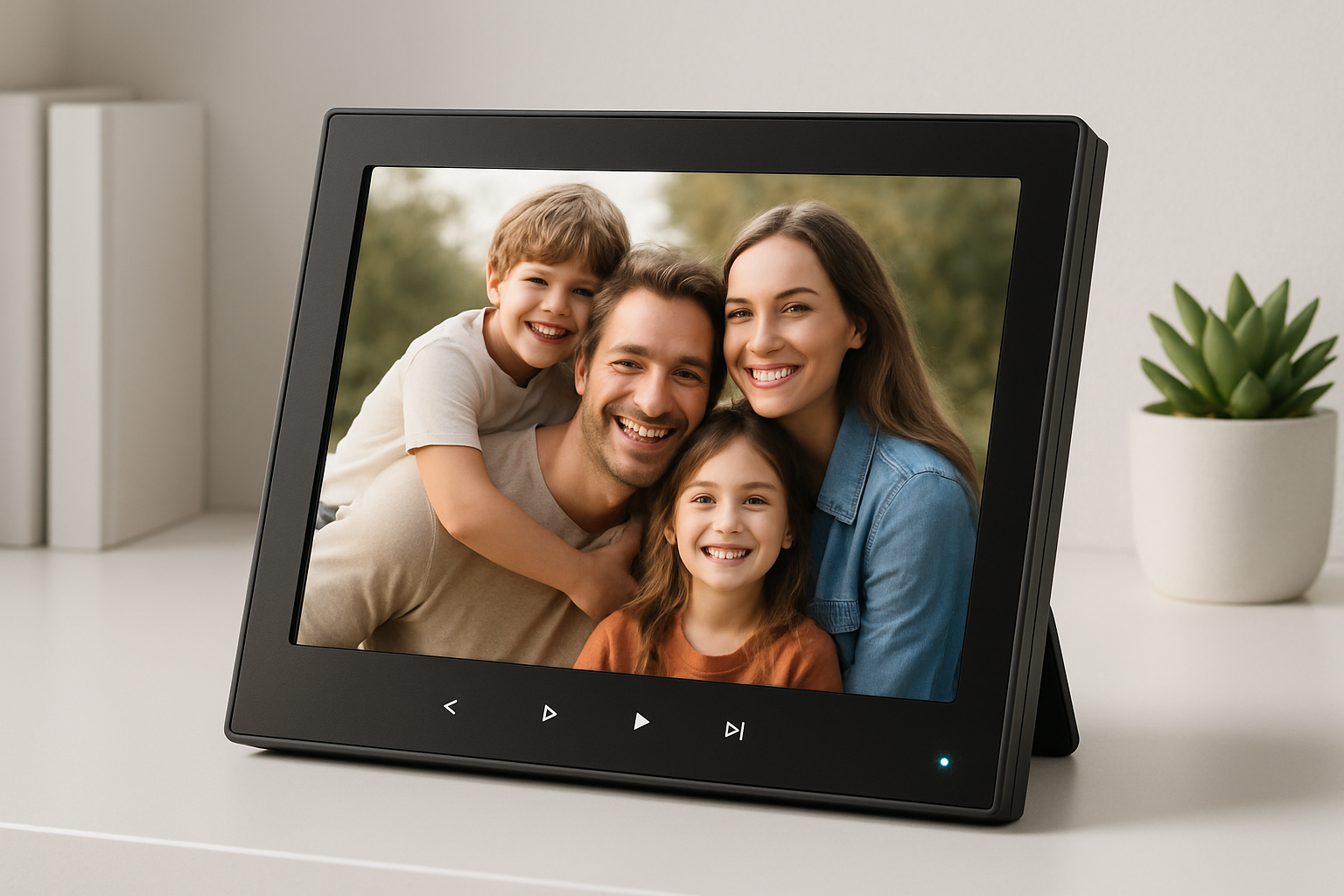Introduction: Why Remote Access to NAS Is Essential
Remote access to your NAS—whether at home or in the office—is no longer a luxury, it’s a daily necessity. Whether you're working in a café, traveling, or collaborating with others, having your network attached storage remote access means full control over your files and services, no matter where you are.
A properly configured NAS offers:
- Seamless access to documents and shared projects
- Viewing, uploading, and sharing media securely
- Automated backups from remote locations
- DRM-free streaming via Plex or Jellyfin
And best of all? No recurring cloud fees. Let's dive in.
Chapter 1: What Is NAS Remote Access?
Understanding the concept
NAS remote access lets you access your home NAS via the internet—like having your own private cloud. You can log in using web portals, mobile apps, mapped drives, or even integrated Docker tools like Nextcloud.
Why it matters:
- Data privacy: Keep sensitive files within your control
- Flexibility: Work from anywhere, collaborate easily
- Scalability: Stream large video files or manage hundreds of GB remotely
- Cost savings: Avoid subscription-based cloud storage
Chapter 2: Choosing the Best NAS for Remote Access
Not all NAS are created equal. When remote access matters, you need these features:
- Built-in remote access tools (Synology QuickConnect, QNAP myQNAPcloud, LincAccess)
- VPN support for secure private connectivity
- Cross-platform mobile and desktop clients
- High-performance network interfaces (e.g. 10 GbE, for faster remote transfers)
- Rich app support: Plex, Nextcloud, surveillance tools, Docker
Recommended NAS platforms:
| NAS OS / Device | Remote Tools | Strengths |
|---|---|---|
| Synology DSM | QuickConnect + apps | Well-rounded ecosystem, mobile-first UX |
| QNAP QTS | myQNAPcloud + mobile apps | Advanced networking and VPN integration |
| Unraid | OpenVPN plugin, Docker UI | Flexible application hosting, VM support |
| TrueNAS Scale | WireGuard, Kubernetes | Powerful ZFS storage, container apps support |
| LincOS (LincStation N2) | LincAccess (web + native clients) | Cross-platform native access, low power, fast install |
Chapter 3: Secure and Reliable Methods to Access Your NAS Remotely
Option A: VPN (WireGuard / OpenVPN)
Pros: Most secure; full LAN-level access; compatible with SMB, NFS, apps
Cons: Requires port forwarding setup; slightly complex initial setup
Setup steps:
- Enable VPN server on your NAS (or install Docker-based WireGuard)
- Configure router to forward necessary ports (e.g. UDP 51820 for WireGuard)
- Install VPN client on remote devices
- Connect and access NAS as if you're on your home network
Option B: Reverse Proxy + HTTPS
Pros: SSL-secured web apps; no VPN needed
Cons: More complex SSL and proxy configuration; limited to web UI access
Setup steps:
- Install Nginx or Caddy on your NAS
- Request SSL certificates via Let's Encrypt
- Configure subdomain routing (nas.yourdomain.com → DSM / Nextcloud)
- Regular SSL renewal via ACME script
Option C: Built-in Remote Access Tunneling
Tools: Synology QuickConnect, QNAP myQNAPcloud, LincAccess (LincOS)
Pros: Easiest setup; no port-forwarding; works through NAT/firewall
Cons: Slightly slower; reliance on vendor relay servers or tunnels
Chapter 4: Platform-Specific Remote Access Usage
Accessing NAS from Windows
- VPN: Connect via WireGuard/OpenVPN → map SMB share
- QuickConnect / LincAccess: Install Windows client → login and map drive
- Reverse proxy: Mount via WebDAV or SMB share over browser
Accessing NAS from macOS
- VPN + SMB/NFS mounts
- Use mobile GUI apps (DS File, Qfile, LincAccess)
- Connect via Nextcloud desktop client or browser portals
Accessing from Linux
- WireGuard + NFS or SMB mounts
- Rclone or Nextcloud client for syncing remote data
Using Android / iOS
- Mobile VPN apps (WireGuard, OpenVPN)
- Use native clients (Synology DS file, Qfile, LincAccess, Nextcloud)
- Stream media apps like Plex or Jellyfin securely
Chapter 5: Security Best Practices
- Use strong admin credentials and enable 2FA
- Always use TLS/HTTPS for web services
- Keep system and apps up-to-date
- Use snapshots & backups
- Enable firewall rules and IP whitelisting
- Audit logs regularly
- Use VPN or vendor tool; never expose SMB/NFS directly to the internet
Chapter 6: LincOS and LincAccess – Cross-Platform Remote Access Simplified
Why LincOS stands out:
- Works on Web, Windows, macOS, Linux, Android, and iOS
- Built-in support for LincAccess secure tunneling
- Installer includes proper configurations for remote access and LED/touchscreen control
- Designed for low-power devices like LincStation N2 (10 W–15 W idle)
Installation & Setup:
- Download LincOS ISO from official site
- Flash via USB and run ./migrate or ./upgrade
- Boot device, open browser → Web UI
- Install native apps or Docker-based LincAccess
- Enter pairing code → secure remote access from anywhere
Chapter 7: Real-World Use Cases
Work Anywhere Workflow
- VPN connect → access your NAS share → edit files remotely
Field Media Upload
- Nikon / Canon raw files uploaded via mobile app → backups into LincOS RAID
Family Media Streaming
- Plex app streams content from LincStation N2 → watched internationally
Remote IT Maintenance
- Access NAS UI via HTTPS → monitor disk health, apply updates
Chapter 8: Troubleshooting Tips
| Issue | Possible Fix |
|---|
| VPN not connecting | Check port forwarding, router firewall settings |
| Mobile app unable to reach NAS | Ensure pairing code is valid; network stable |
| SSL errors or expired certificate | Use Let's Encrypt auto-renew or ACME scripts |
| Reverse proxy routing fails | Re-check hostname mapping and Caddy or Nginx configs |
| Slow transfers | Check 10/2.5 GbE link status; upgrade router/switch if needed |
Chapter 9: Additional Tools & Automation Features
- Synology QuickConnect, QNAP Hybrid Backup Sync
- LincAccess – encrypted client pairing, remote port mapping
- Nextcloud Federation, Resilio Sync for cross-device sync
- Self-hosted apps: Bitwarden, PhotoPrism, WordPress inside Docker
- Quick media streaming: Plex, Jellyfin, Emby accessible remotely
Chapter 10: Final Recommendations
| Use Case | Best Option |
|---|---|
| Simple, plug-and-play remote access | LincStation N2 with LincOS + LincAccess |
| Robust ZFS-based storage with remote apps | TrueNAS Scale with WireGuard |
| Media-heavy remote users | Synology/QNAP with QuickConnect or myQNAPcloud |
| DIY app-heavy self-hosting | Unraid with VPN and Docker |




Dejar un comentario
Todos los comentarios se revisan antes de su publicación.
Este sitio está protegido por hCaptcha y se aplican la Política de privacidad de hCaptcha y los Términos del servicio.